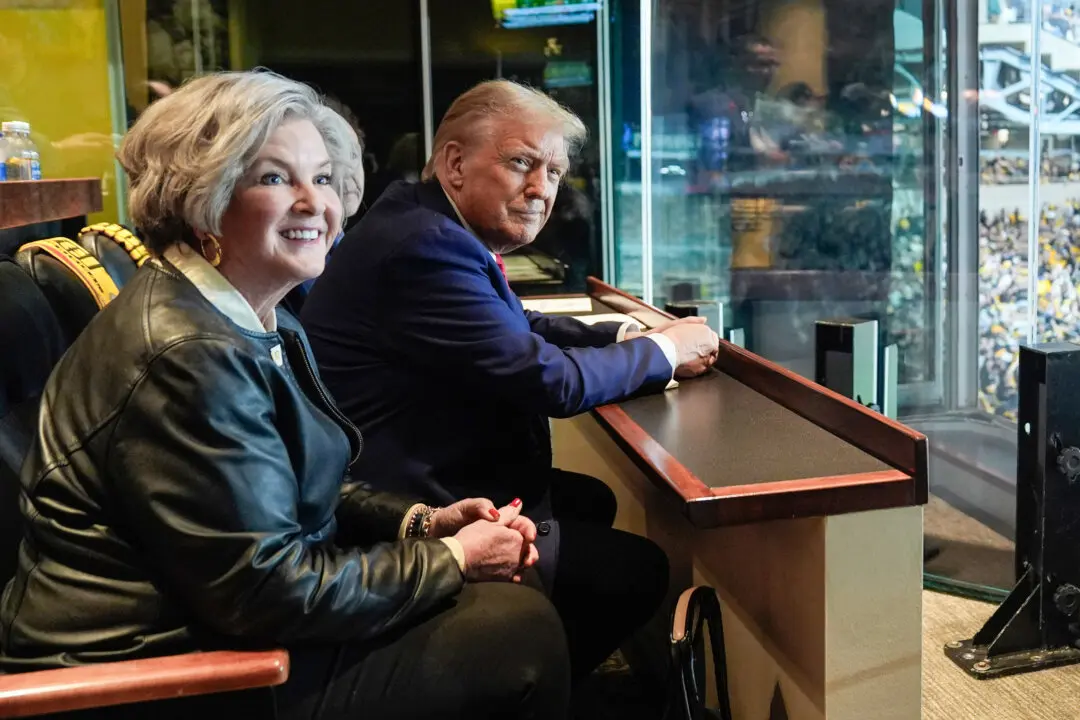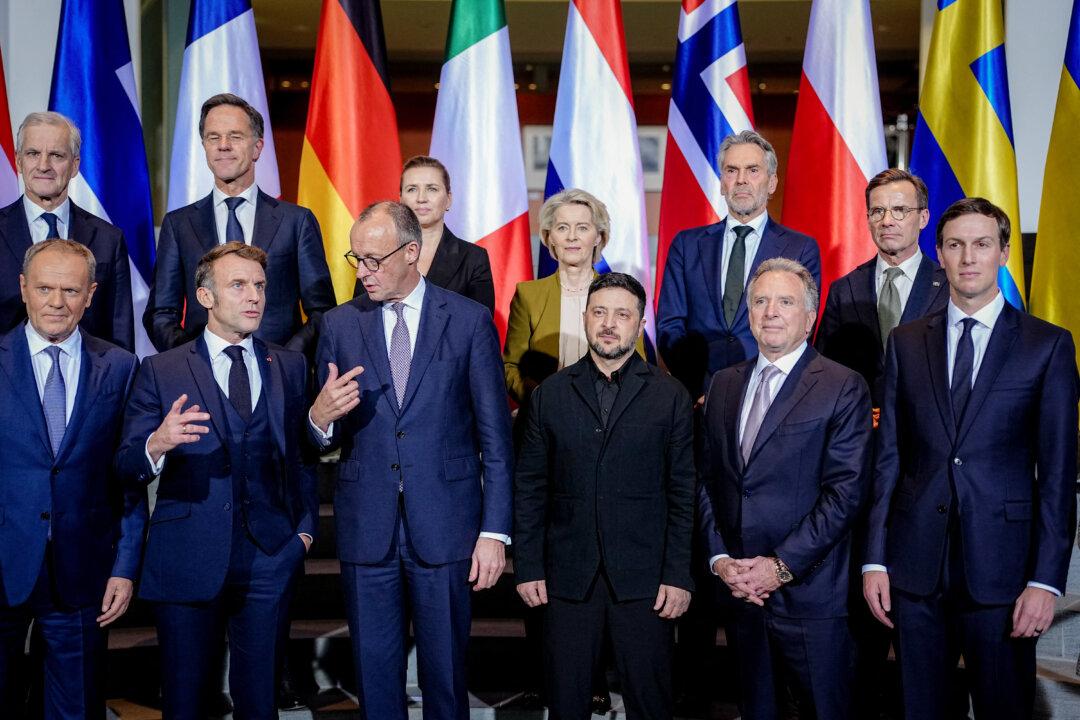WASHINGTON—The Federal Reserve announced on Dec. 16 that it would keep U.S. interest rates near zero as the pandemic continues to pose “considerable risks” to the economy. Fed policymakers didn’t predict any interest rate increases through 2023.
The central bank also raised its economic outlook, expecting economic and labor market recovery that’s better than its September projections.





